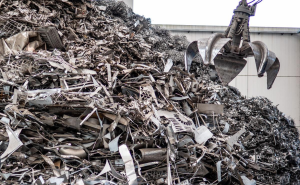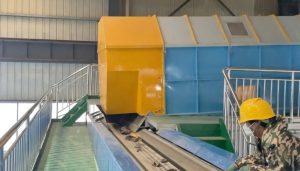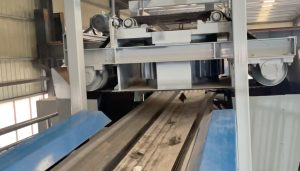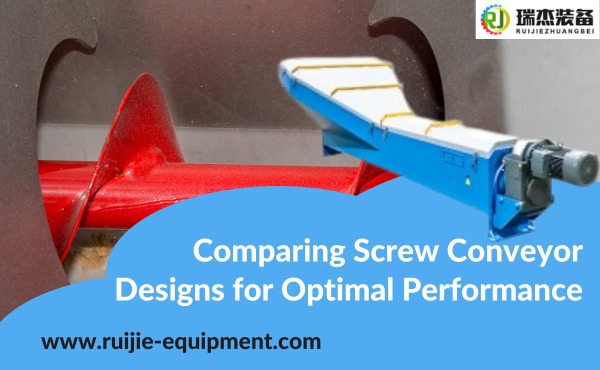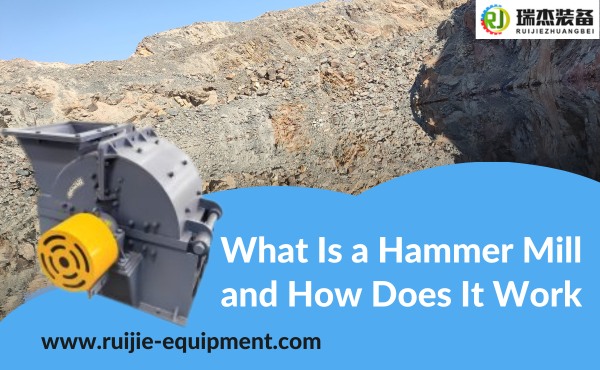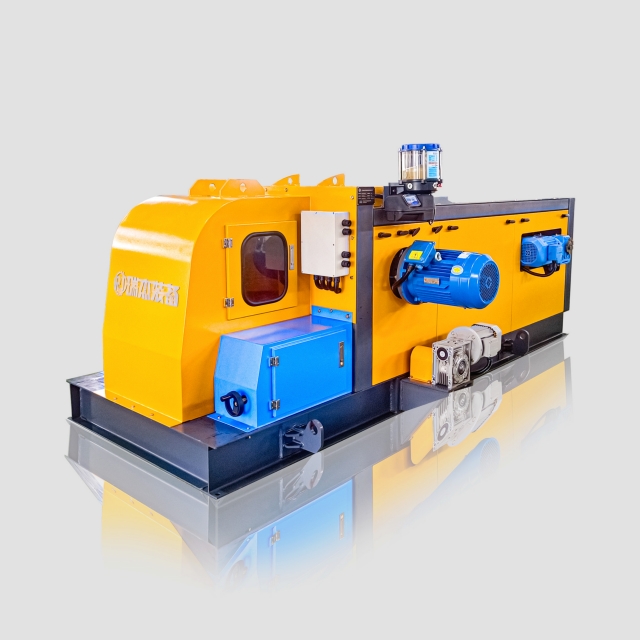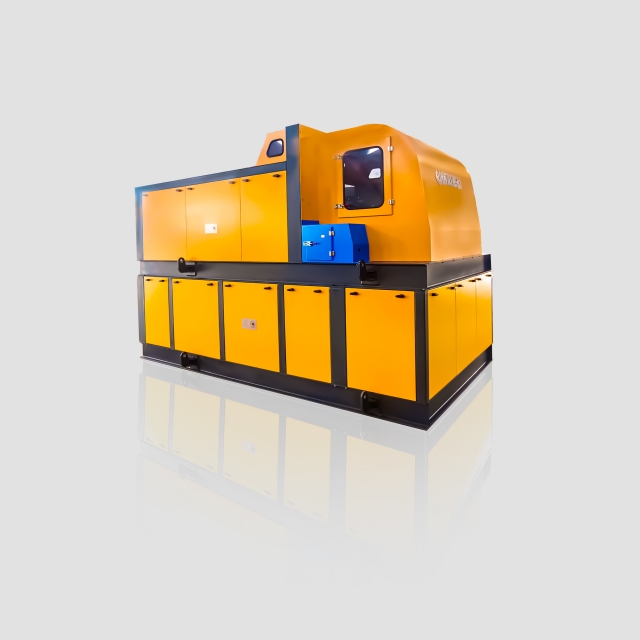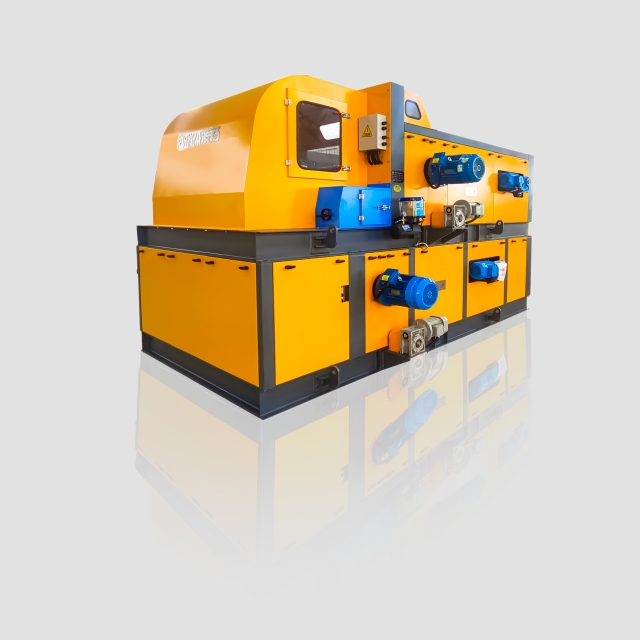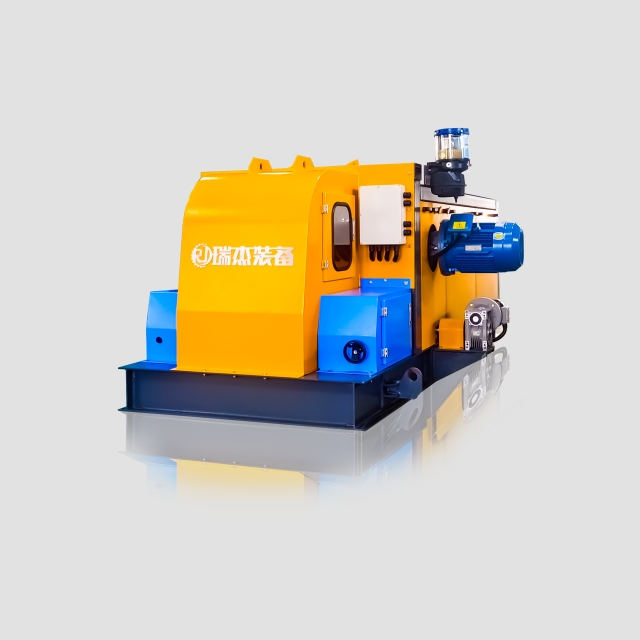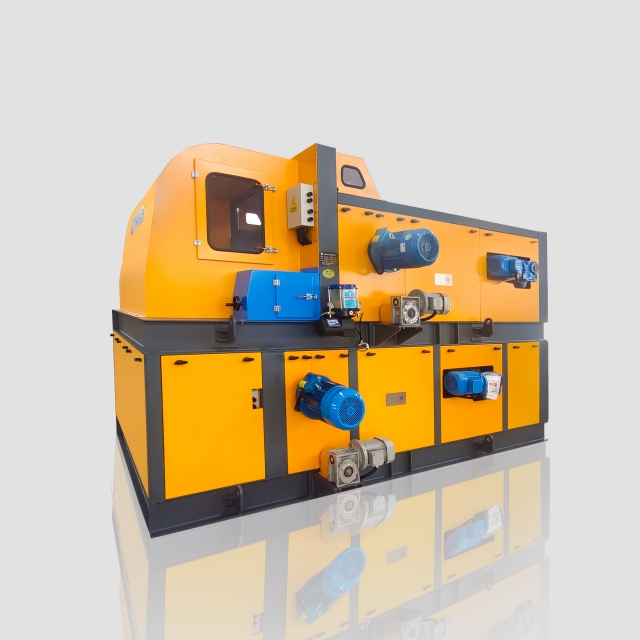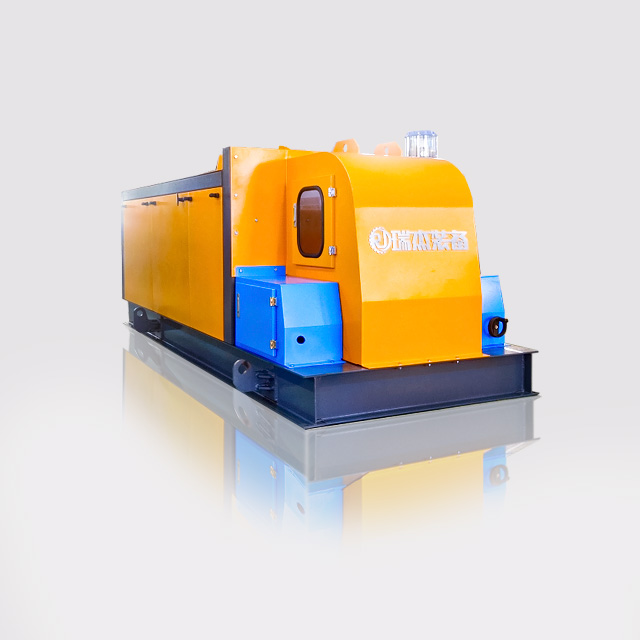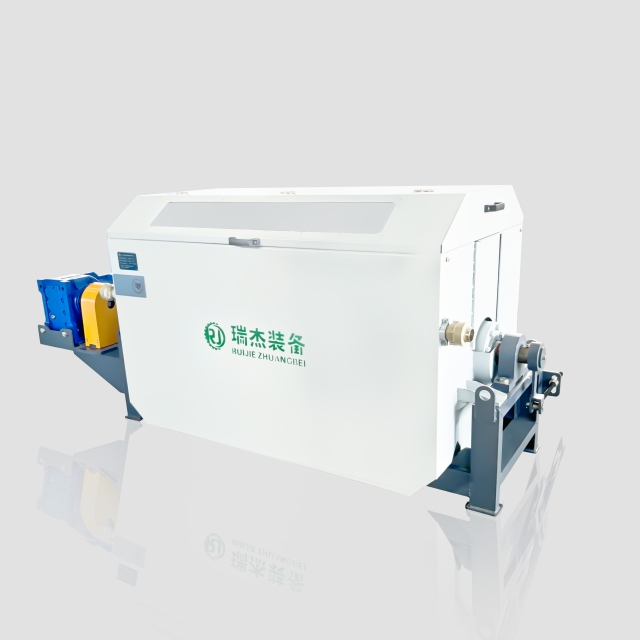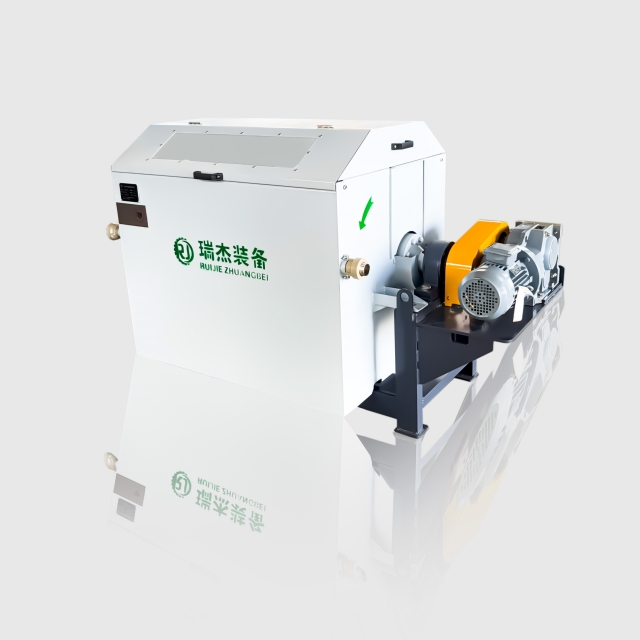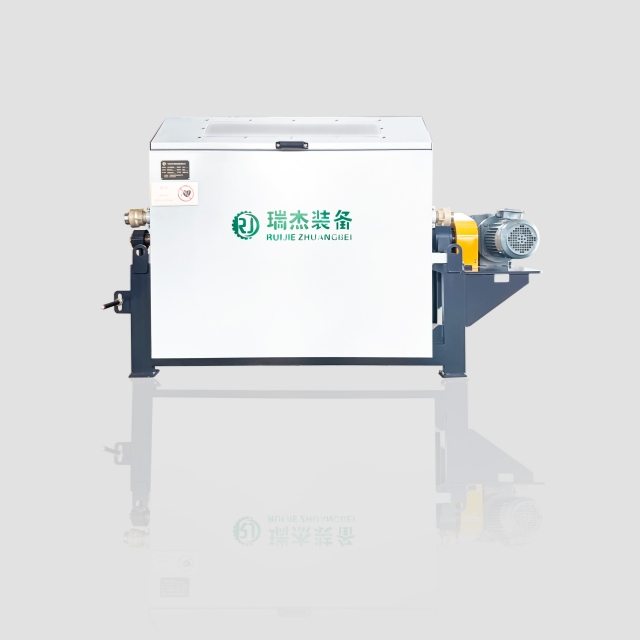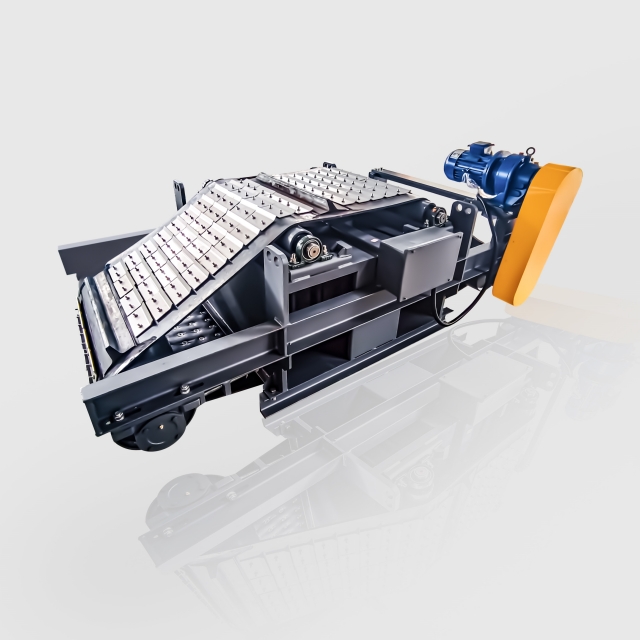Sorting scrap metal properly boosts recycling efficiency and maximizes its value. Understanding the right sorting methods helps reduce contamination and increases resale prices. In this guide, we’ll cover practical steps to identify, separate, and organize different metals, ensuring you get the best returns.
Understanding and Sorting Scrap Metal Types
Sorting scrap metal effectively begins with understanding the different types of scrap metal. Each type has unique properties and recycling values, which influence its demand and prices in the market. Proper sorting not only ensures better prices but also contributes to sustainability and waste reduction.
Ferrous Metals and Their Recycling Value
Ferrous metals contain iron, making them magnetic and prone to rust. Common scrap metals in this category include steel and cast iron. These materials are widely used in construction and manufacturing, making them highly recyclable. Recycling ferrous metals reduces the need for mining raw iron ore, promoting sustainability and waste reduction. Although ferrous metals often fetch lower prices compared to non-ferrous metals, their abundance ensures steady demand in scrap metal recycling.
Non-Ferrous Metals and Their Recycling Value
Non-ferrous metals, such as aluminum, copper, and brass, do not contain iron. They are lightweight, corrosion-resistant, and non-magnetic. These properties make them valuable in industries like aerospace, electronics, and automotive manufacturing. Non-ferrous metals typically command higher prices due to their versatility and scarcity. Sorting scrap metal to separate non-ferrous from ferrous metals ensures recyclers can maximize the value of these materials.
Why Sorting Scrap Metal by Type Matters
Sorting different types of scrap metal is essential for efficient recycling. Mixed metals can lower the overall value of a scrap load, as recyclers must spend extra time and resources separating them. Clean and well-sorted scrap metal often receives better prices. Additionally, proper sorting supports sustainability and waste reduction by streamlining the recycling process and conserving resources.
Techniques to Sort Scrap Metal
Sorting scrap metal efficiently requires the right techniques. These methods not only save time but also ensure better returns during recycling scrap metal. Proper preparation and organization play a key role in achieving maximum value.
Using Magnets for Metal Identification
Magnets are one of the most effective tools for identifying scrap metals. They help distinguish between ferrous and non-ferrous metals. Ferrous metals, such as steel and iron, are magnetic, while non-ferrous metals like aluminum and copper are not. Magnetic separation can quickly sort metals into these categories.
Cleaning Scrap Metal for Maximum Value
Clean and prepare your scrap metal to increase its value. Dirt, grease, and other contaminants can reduce the price recyclers are willing to pay. Cleaning and sorting metals before selling them ensures they are in the best condition. For example, removing plastic coatings from copper wires or separating metals from non-metallic materials can significantly boost their worth. Clean metals are easier to process, which makes them more desirable for recycling facilities.
Organizing Scrap Metal for Efficient Sorting
Good organization is crucial for efficient sorting and maximizing profits. Grouping metals by type, size, and cleanliness simplifies the recycling process. Use labeled bins or containers to keep different metals separate. This preparation and organization save time for both sellers and recyclers. It also ensures that no valuable materials are overlooked during the sorting process.
Practical Methods to Maximize the Value of Scrap Metal
Separating Metals by Cleanliness and Condition
Separating metals based on cleanliness and condition is crucial to maximize the value of scrap metal. Clean from contaminated metals before taking them to recycling facilities. Contaminants like dirt, grease, or plastic coatings can lower scrap metal prices. For example, copper wires with insulation fetch lower payouts compared to stripped, clean copper. Sorting scrap metal by condition also helps. Damaged or corroded metals may have reduced value, while clean and intact pieces are more desirable. Local scrap yards often reward well-prepared materials with higher prices.
Timing Scrap Metal Sales for Market Trends
Scrap metal prices fluctuate based on market demand and supply. Timing sales strategically can significantly increase payouts. Monitor market trends and stay informed about price changes. For instance, selling aluminum or copper during periods of high demand can yield better returns. Researching local scrap yards for competitive rates also helps. By understanding market dynamics, sellers can make informed decisions and maximize the value of their materials.
Selling in Bulk for Maximum Return
Selling scrap metal in bulk often results in better payouts. Recycling facilities and scrap yards prefer larger quantities as it reduces their processing costs. Bulk sales also save time for both sellers and buyers. Organizing and sorting scrap metal into sizable lots before selling ensures efficiency. Additionally, bulk transactions may provide leverage to negotiate better prices. This method benefits both individual sellers and businesses looking to profit from recycling scrap metal.
Safety Measures for Scrap Metal Sorting
Sorting scrap metal can be rewarding, but safety should always come first. Proper precautions reduce risks and ensure efficient scrap metal disposal in both personal and industrial settings. Following essential safety measures protects individuals and promotes a secure working environment.
Essential Personal Protective Equipment (PPE)
Wearing the right personal protective equipment (PPE) is crucial for safety in scrap metal sorting. Gloves shield hands from sharp edges and hazardous materials. Safety goggles protect eyes from flying debris during cutting or sorting. Steel-toed boots prevent foot injuries caused by falling objects. In industrial settings, workers should also wear helmets to guard against head injuries. Respirators may be necessary when dealing with dust or fumes. Investing in quality PPE ensures efficient scrap metal disposal while minimizing risks.
Safe Handling of Hazardous or Sharp Materials
Handling hazardous or sharp materials requires extra care. Workers should always lift heavy items with proper posture to avoid back injuries. Sharp edges on scrap metal can cause cuts, so using tools like pliers or tongs is advisable. In industrial settings, hazardous materials such as batteries or chemicals must be separated and disposed of according to local regulations. Proper handling techniques prevent accidents and maintain safety in scrap metal sorting.
Proper Storage to Prevent Accidents
Organized storage plays a vital role in efficient scrap metal disposal. Storing metals in labeled bins or containers reduces clutter and prevents tripping hazards. Heavy items should be placed on lower shelves to avoid falling accidents. In industrial settings, flammable materials must be stored away from heat sources. Regular inspections of storage areas ensure compliance with safety standards. Proper storage practices create a safer environment for everyone involved.
Conclusion
Sorting scrap metal offers numerous benefits, including higher profits and reduced waste. Effective methods and techniques simplify the process, while safety practices ensure a secure environment.

